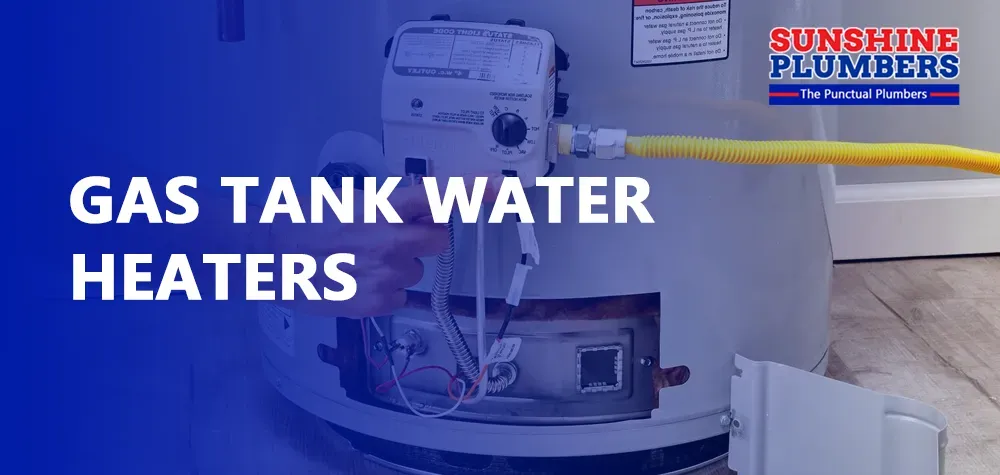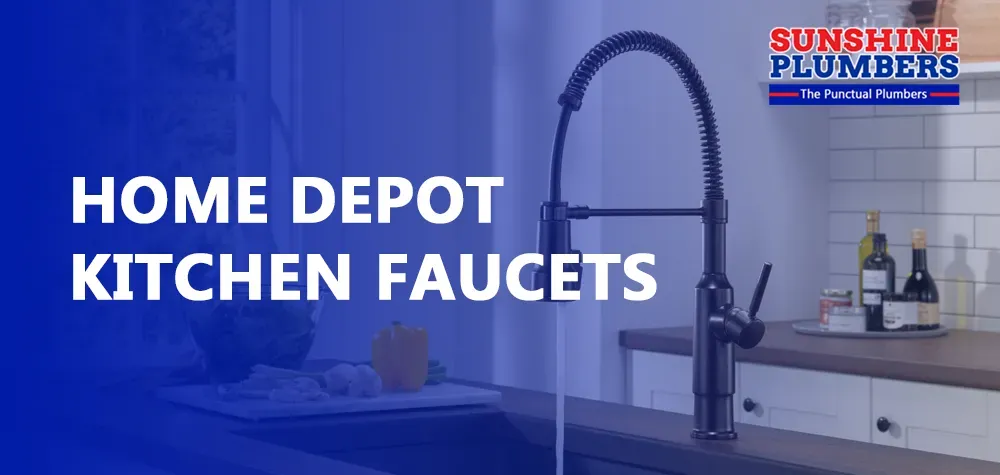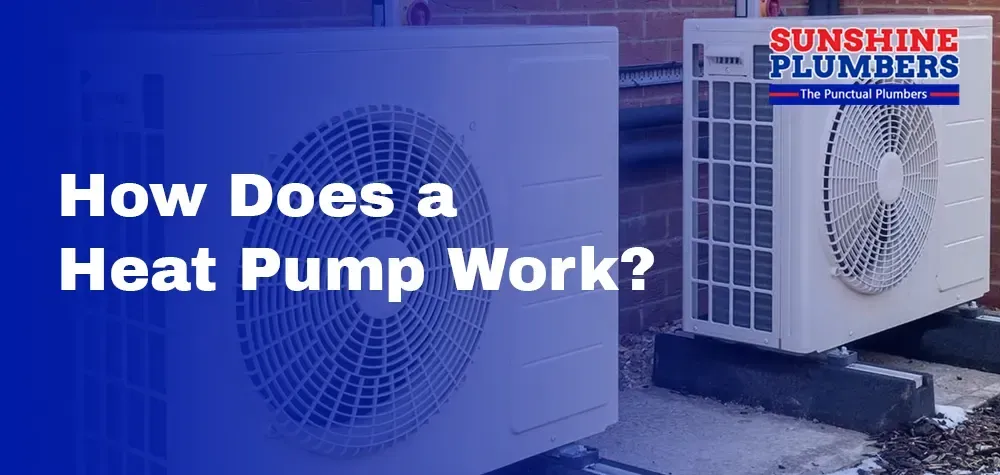How Does a Heat Pump Work?
If you're considering upgrading your home's heating and cooling system, you've likely come across the term "heat pump." But how exactly does a heat pump work, and what sets it apart from traditional HVAC systems? In this comprehensive guide by Sunshine Plumbers, we'll delve into the inner workings of heat pumps, shedding light on their efficiency, versatility, and potential benefits for your home.
What is a Heat Pump?
At its core, a heat pump is a mechanical device that transfers heat from one location to another, typically from a lower temperature to a higher temperature. Unlike traditional heating and cooling systems that generate heat (or cool air) through combustion or electrical resistance, a heat pump utilizes the principles of thermodynamics to extract heat energy from the air, ground, or water and transfer it indoors or outdoors as needed.
How Does a Heat Pump Work?
Heat Absorption (Heating Mode):
During the heating mode of operation, the heat pump functions by harnessing heat energy from the surrounding environment – whether it's the ambient air, the warmth of the ground, or even the temperature of water. This process begins with the refrigerant, a specialized fluid designed to facilitate heat transfer. The refrigerant flows through an evaporator coil, typically located indoors or in the ground, where it encounters a warmer environment. As the refrigerant absorbs heat from the surroundings, it transforms from a low-pressure liquid into a low-pressure gas, laden with the captured thermal energy.
Compression:
Once the refrigerant has absorbed as much heat energy as possible, it moves on to the next stage of the heat pump cycle: compression. This is where the magic truly happens. The low-pressure, heat-laden gas is directed into the compressor, a vital component of the heat pump system. Within the compressor, the gas is subjected to intense pressure, causing its temperature to skyrocket. This process elevates the thermal energy within the refrigerant to a level where it can be effectively utilized for heating purposes.
Heat Distribution:
With the refrigerant now superheated and bursting with thermal energy, it makes its way to the condenser coil, typically situated indoors. As the compressed gas enters the condenser coil, it begins to release its accumulated heat energy into the surrounding air. This transfer of heat causes the refrigerant to undergo a phase change, transitioning from a gas back into a liquid state. The liberated heat energy is then distributed throughout the home via a network of ducts or radiant heating systems, providing cozy warmth to every corner of the indoor space.
Heat Rejection (Cooling Mode):
In the cooling mode of operation, the heat pump's operation is reversed to achieve the desired effect. Instead of extracting heat from the outdoor environment and transferring it indoors, the heat pump now functions to remove heat from the indoor air and expel it outdoors. The process begins with the refrigerant absorbing heat from the indoor air as it passes through the evaporator coil. This absorption of heat causes the refrigerant to undergo a phase change, transitioning from a liquid to a gas while simultaneously cooling and dehumidifying the indoor air.
Compression and Heat Dissipation:
Once the refrigerant has absorbed as much heat as possible from the indoor air, it is directed into the compressor for the next stage of the cooling cycle. Inside the compressor, the gas is subjected to high pressure, causing its temperature to rise significantly. This pressurized, high-temperature gas is then routed to the outdoor unit, where it passes through a condenser coil. As the refrigerant comes into contact with the cooler outdoor air, it releases its accumulated heat energy, causing it to condense back into a liquid state. This process of heat dissipation effectively removes heat from the refrigerant, preparing it to repeat the cycle once again.
Key Components of a Heat Pump
- Evaporator Coil: Absorbs heat from the air, ground, or water and facilitates the transfer of heat energy to the refrigerant.
- Compressor: Increases the pressure and temperature of the refrigerant gas, allowing it to release heat energy more efficiently.
- Condenser Coil: Releases heat energy into the indoor or outdoor environment as the refrigerant condenses from a gas to a liquid.
- Refrigerant: The medium through which heat energy is transferred within the heat pump system, circulating between the evaporator and condenser coils.
- Expansion Valve: Regulates the flow of refrigerant through the system, controlling the rate of heat exchange and ensuring optimal performance.
Benefits of Heat Pumps
- Energy Efficiency: Heat pumps can provide efficient heating and cooling by transferring heat rather than generating it, resulting in lower energy consumption and utility bills.
- Year-Round Comfort: With the ability to both heat and cool your home, heat pumps offer year-round comfort and climate control, eliminating the need for separate heating and cooling systems.
- Environmentally Friendly: By utilizing renewable sources of heat energy, such as the air or ground, heat pumps produce fewer greenhouse gas emissions compared to traditional heating systems powered by fossil fuels.
- Versatility: Heat pumps are available in various configurations, including air-source, ground-source (geothermal), and water-source models, allowing homeowners to choose the option that best suits their needs and property.
In summary, a heat pump is a highly efficient and versatile heating and cooling solution that operates by transferring heat energy between indoor and outdoor environments. By harnessing the principles of thermodynamics, heat pumps offer energy-efficient comfort year-round while reducing environmental impact and utility costs. If you're interested in exploring the benefits of a heat pump for your home, contact Sunshine Plumbers today for expert advice and professional installation services. Our team of skilled technicians is here to help you achieve optimal comfort and efficiency with a state-of-the-art heat pump system.




